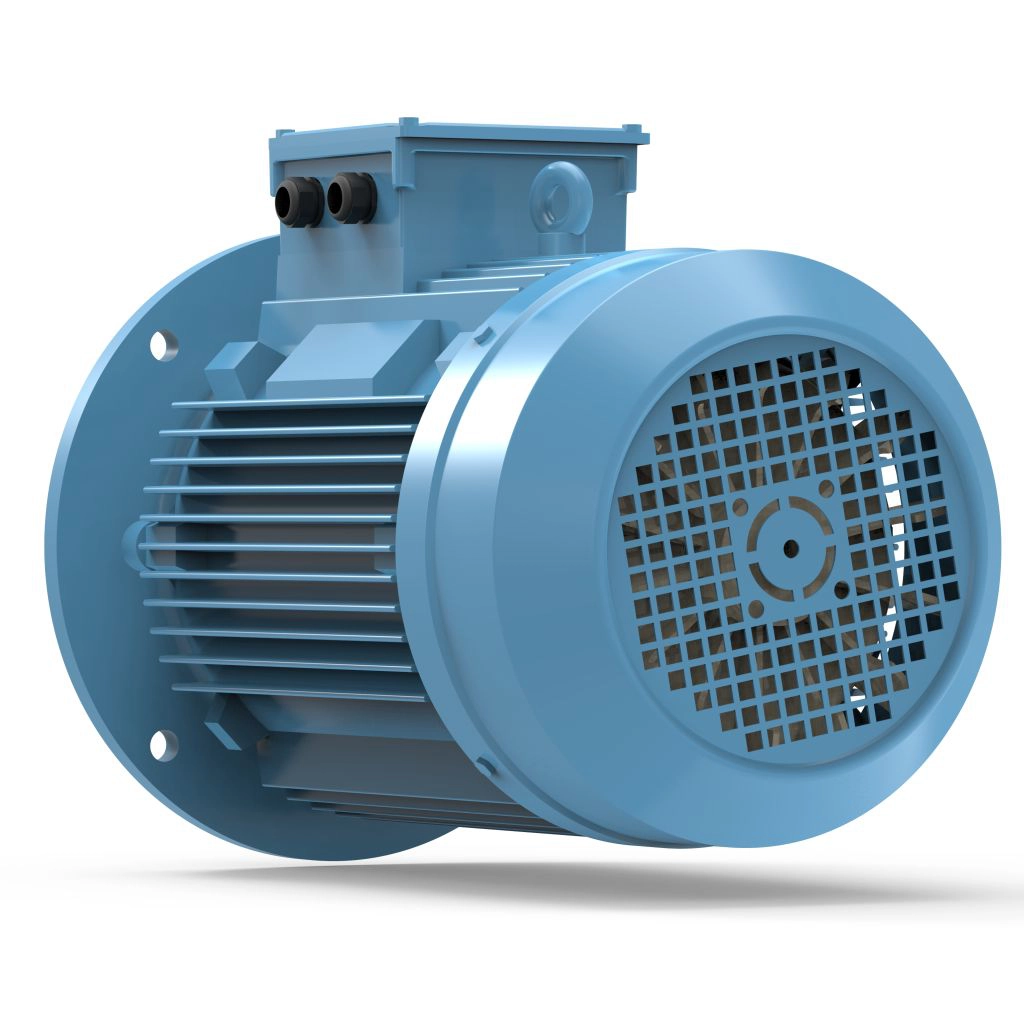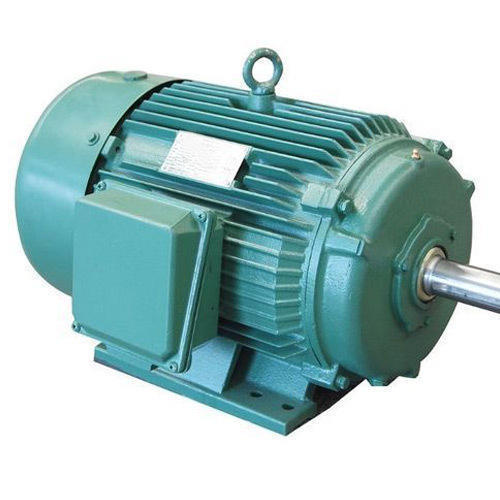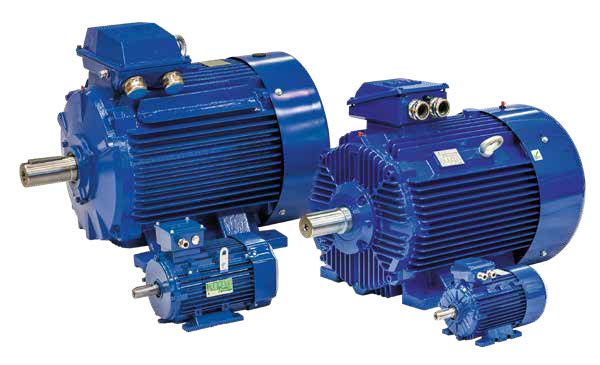Product Description
FAQ
Q1.What service you can provide?
1) Focus on air centrifugal fan industry for 15 years, can provide advanced techniques support.
2) Professional service team with 24 hours service can make you without worries behind.
3) Enough stock can meet your instant demand.
4) Up to 12 months quality guarantee of products, you can rest assured to use.
5) Products have got 3C and CE certificates.
Q2. How do you ensure your products quality?
We are a professional and unique manufacturer of air blowers in Guandong province, China.
We have full set of production equipment in centrifugal fan industry and complete QC inspection system.
Q3. In order to recommend the suitable product to you, please help confirm the following information:
1) The application of the centrifugal fan
2) The technical parameter requirement
3) Order quantity
4) Special product requirements, such as changing the direction of outlet, special voltage requirements, etc.
Q4: What’s your payment terms ?
By T/T,LC ,40% deposit in advance, balance 60% before shipment.
Q5: How can I place the order?
First CHINAMFG the PI,pay deposit,then we will arrange the production.After finished production need you pay balance. Finally we will ship the Goods.
Q6: When can I get the quotation ?
We usually quote you within 24 hours after we get your inquiry. If you are very urgent to get the quotation.Please call us or tell us in your mail, so that we could regard your inquiry priority.
/* January 22, 2571 19:08:37 */!function(){function s(e,r){var a,o={};try{e&&e.split(“,”).forEach(function(e,t){e&&(a=e.match(/(.*?):(.*)$/))&&1
| Application: | for Oven |
|---|---|
| Speed: | Low Speed |
| Number of Stator: | Single-Phase |
| Function: | for Heat Dissipation Cooling |
| Casing Protection: | Closed Type |
| Number of Poles: | 4 |
| Samples: |
US$ 77/Piece
1 Piece(Min.Order) | |
|---|
| Customization: |
Available
|
|
|---|
Can you explain the advantages of using a 3-phase motor?
Using a 3-phase motor offers several advantages over other types of motors. Here’s a detailed explanation of the advantages of using a 3-phase motor:
- High Efficiency: 3-phase motors are known for their high efficiency. They can convert electrical energy into mechanical energy with minimal losses. The balanced three-phase power supply and the design of the motor result in a smoother and more efficient operation compared to single-phase motors.
- Power Factor: 3-phase motors have a better power factor compared to single-phase motors. Power factor is a measure of how effectively the motor utilizes the electrical power. By having a higher power factor, 3-phase motors reduce the amount of reactive power required from the power supply, resulting in improved overall power system efficiency.
- High Starting Torque: 3-phase motors can provide high starting torque, making them suitable for applications that require the motor to start under load. The three-phase power supply and the design of the motor enable it to produce a strong rotating magnetic field, which allows for efficient starting and acceleration of the motor’s rotor.
- Smooth Operation: The rotating magnetic field produced by the three-phase power supply results in smooth and continuous operation of the motor. This characteristic makes 3-phase motors ideal for applications that require constant and reliable operation, such as industrial machinery, pumps, compressors, and HVAC systems.
- Compact Size and Weight: 3-phase motors tend to be more compact and lightweight compared to equivalent power single-phase motors. This compactness is due to the even distribution of the windings around the stator and the absence of additional starting components often required in single-phase motors.
- Higher Power Output: 3-phase motors can deliver higher power output compared to single-phase motors of similar size. The balanced three-phase power supply and the design of the motor allow for efficient utilization of electrical power, enabling the motor to provide greater mechanical power output.
- Lower Maintenance: 3-phase motors generally require lower maintenance compared to other types of motors. The balanced three-phase power supply and the absence of starting components, such as capacitors or centrifugal switches, reduce wear and tear, resulting in longer motor life and reduced maintenance requirements.
- Wide Availability and Standardization: 3-phase motors are widely available and standardized, making them easily accessible for various applications. They are manufactured in a wide range of sizes and power ratings, allowing for flexibility in selecting the appropriate motor for specific requirements.
Overall, the advantages of using a 3-phase motor include high efficiency, better power factor, high starting torque, smooth operation, compact size and weight, higher power output, lower maintenance requirements, and wide availability. These advantages make 3-phase motors suitable for a wide range of applications in industrial, commercial, and residential settings.
How do manufacturers ensure the quality and reliability of 3-phase motors?
Manufacturers employ various measures and processes to ensure the quality and reliability of 3-phase motors. Here’s a detailed explanation of the key practices manufacturers follow:
- Design and Engineering: Manufacturers invest significant effort in the design and engineering phases of motor development. They employ experienced engineers who design the motors to meet specific performance, efficiency, and reliability requirements. Advanced computer-aided design (CAD) software and simulation tools are used to optimize motor designs and ensure compatibility with intended applications.
- Material Selection: High-quality materials are crucial for the durability and performance of 3-phase motors. Manufacturers carefully select materials that can withstand the mechanical stresses, electrical loads, and environmental conditions the motors may encounter. This includes choosing appropriate insulation materials, conductors, bearings, and other components to ensure long-term reliability.
- Manufacturing Processes: Stringent manufacturing processes are implemented to ensure consistent quality and reliability. Manufacturers adhere to industry standards and best practices, such as ISO 9001 certification, to maintain high manufacturing standards. Automated assembly lines, precision machining, and rigorous quality control inspections are employed to minimize variations and defects during production.
- Testing and Quality Control: Thorough testing is performed at various stages of motor production to verify performance, electrical characteristics, and reliability. Manufacturers conduct tests such as insulation resistance testing, high-potential (hipot) testing, vibration testing, temperature rise testing, and load testing. These tests help identify any potential issues and ensure that motors meet or exceed specified standards and performance criteria.
- Quality Assurance Systems: Manufacturers implement robust quality assurance systems to monitor and control the entire manufacturing process. This includes implementing quality management systems (QMS) and continuous improvement methodologies, such as Six Sigma or lean manufacturing, to identify areas for enhancement and minimize defects. Regular audits and inspections are conducted to ensure compliance with quality standards and customer requirements.
- Certifications and Compliance: Reputable manufacturers ensure that their 3-phase motors comply with relevant industry standards and certifications. These can include compliance with standards such as NEMA (National Electrical Manufacturers Association) or IEC (International Electrotechnical Commission), as well as safety certifications like UL (Underwriters Laboratories) or CSA (Canadian Standards Association). Compliance with these standards ensures that the motors meet essential electrical and mechanical safety requirements.
- Reliability Testing: Manufacturers subject 3-phase motors to extensive reliability testing to simulate real-world operating conditions and verify their performance under various stress factors. This includes testing for endurance, temperature cycling, humidity exposure, voltage fluctuations, and other environmental factors that the motors may encounter during their lifespan. Reliability testing helps identify and address any potential issues before the motors reach the market.
- Supplier Qualification: Manufacturers carefully select and qualify their suppliers to ensure the quality and consistency of components used in the motor’s construction. Suppliers are evaluated based on their manufacturing capabilities, quality control processes, and adherence to industry standards. Regular supplier audits and performance evaluations are conducted to maintain the desired level of quality in the supply chain.
- Customer Feedback and Warranty: Manufacturers value customer feedback and utilize it to further improve the quality and reliability of their 3-phase motors. They provide warranties and after-sales support to address any issues that may arise during the motor’s operational lifespan. By actively engaging with customers and addressing their concerns, manufacturers can continuously enhance their products and ensure customer satisfaction.
By following these practices, manufacturers strive to deliver high-quality and reliable 3-phase motors that meet the demanding requirements of various applications. These measures help ensure that the motors perform optimally, have a long lifespan, and provide reliable operation in diverse industrial and commercial settings.
How do 3-phase motors handle variations in load and speed requirements?
3-phase motors are capable of handling variations in load and speed requirements through various control methods. Here’s a detailed explanation of how they handle these variations:
- Load Variations:
- Inherent Torque Characteristics: 3-phase motors are designed to provide high starting torque and continuous torque output, making them suitable for a wide range of load variations. They can handle sudden changes in load without significant impact on motor performance.
- Overload Capacity: 3-phase motors are typically designed with overload capacity to handle temporary increases in load beyond their rated capacity. This overload capacity allows the motor to withstand sudden surges in load without overheating or tripping protective devices.
- Controlled Speed Regulation: By using control devices such as variable frequency drives (VFDs) or adjustable speed drives (ASDs), the speed and torque output of 3-phase motors can be adjusted in real-time to match the load requirements. This ensures efficient motor operation and minimizes energy wastage.
- Motor Protection Features: 3-phase motors often incorporate protective features such as thermal overload protection and current limiters. These features help safeguard the motor against excessive heat or current, which can result from prolonged high-load conditions. They automatically intervene to protect the motor and prevent damage.
- Speed Variations:
- Variable Frequency Drives (VFDs): 3-phase motors can be coupled with VFDs, which allow precise control of motor speed. VFDs adjust the frequency and voltage supplied to the motor, enabling smooth and accurate speed regulation over a wide range. This flexibility in speed control makes 3-phase motors suitable for applications with varying speed requirements.
- Adjustable Speed Drives (ASDs): Similar to VFDs, ASDs provide speed control capabilities for 3-phase motors. They allow users to adjust the motor’s speed and torque output based on specific application needs. ASDs can be used in various industrial processes that require precise speed control, such as conveyor systems, pumps, and fans.
- Pole Changing Motors: Some 3-phase motors, known as pole changing motors, offer the ability to change the number of poles within the motor. This feature allows for speed variations by altering the motor’s synchronous speed. However, pole changing motors are less common compared to VFD or ASD-controlled motors.
Overall, 3-phase motors can handle variations in load and speed requirements through their inherent torque characteristics, overload capacity, and control options such as VFDs and ASDs. These features and control methods allow for efficient motor operation, precise speed regulation, and the ability to adapt to changing load conditions in various industrial applications.
editor by CX 2024-05-17




